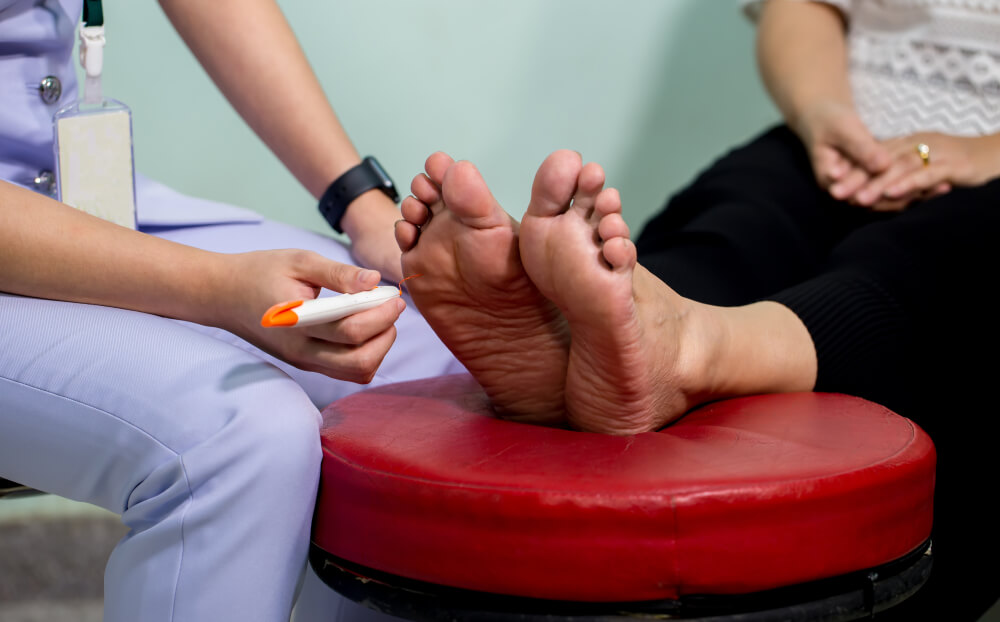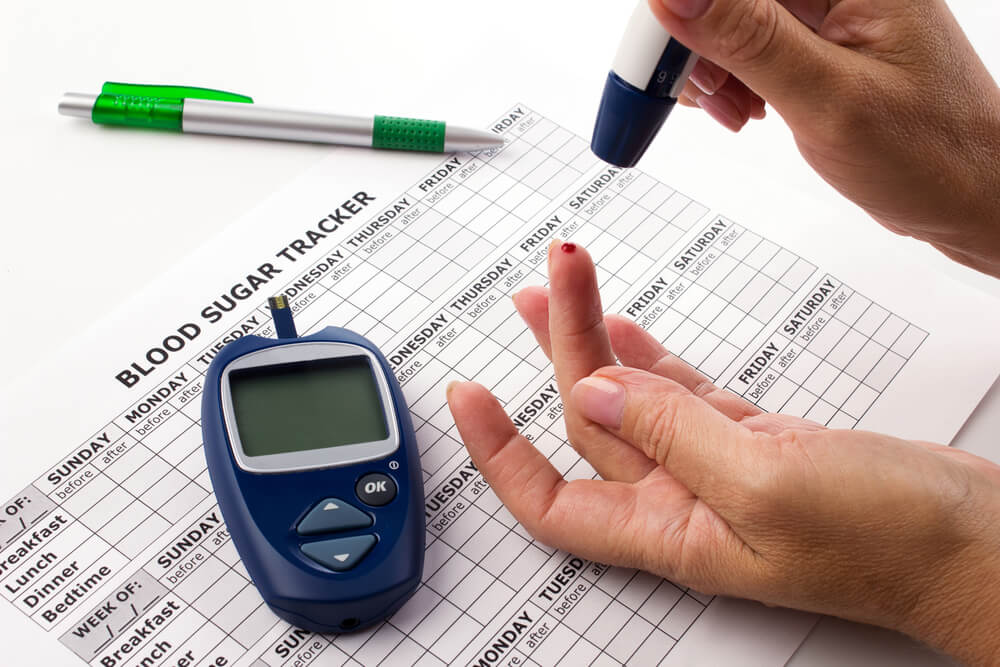


Pre diabetes symptoms – tingling nerves especially – often send out the first signs of alarm in people. Indeed, they are an uncomfortable feeling, but they are just one of the many observable symptoms of pre diabetes. There may be many others you haven’t noticed.
Incidentally, many people get one message wrong. They think pre diabetes is just a sign to be careful that you may get full-blown Type 2 diabetes soon. They don’t realize that pre diabetes itself, if it prolongs, can cause irreversible damage to the body.
Are you too taking pre diabetes a little lightly, and only worrying about tingling hands and feet, when there are many other things to be careful about? Here’s a primer for you …
Pre diabetes (also often spelt as prediabetes) usually indicates that you have higher-than-normal blood glucose levels. It’s not as high as in Type 2 diabetes yet. But without immediate lifestyle changes, both adults and children with pre diabetes are at risk of progressing to Type 2 diabetes.
Other names for pre diabetes include borderline diabetes, hyperglycemia (which means “high blood sugar”), glucose intolerance, impaired glucose tolerance, or impaired fasting glucose.
There are two major types of diabetes: Type 1 and Type 2. People with Type 1 diabetes are usually born with it … that is, their bodies cannot produce insulin at all. Type 2 diabetes, on the other hand, is a condition that gradually develops over time.
Pre diabetes is the early chronic condition that begins to show signs of diabetes. It slowly evolves into Type 2 diabetes if you don’t try to slow its progression.
The exact cause of pre diabetes is still unknown. Experts believe that in people with diabetes, family history and genetics may be the cause. The risk factors are apparent, though. The bodies of people with pre diabetes are not able to process sugar (glucose) properly anymore. The pancreas slows down the secretion of insulin into the blood.
As a result, sugar builds up in your bloodstream instead of fueling your cells. This can happen in either of two ways – either your pancreas may not make enough insulin, or your cells may show signs of insulin resistance and not allow as much sugar in.
You can do a quick blood sugar test at any time, of course.

But for more accurate results, your doctor may recommend a fasting plasma glucose test. If your blood sugar is less than 100 milligrams per deciliter (mg/dL), the results are normal. But if your blood sugar is 100 to 125 mg/dL, pre diabetes is indicated. And if your blood sugar is 126 mg/dL or higher, your doctor will confirm you have full-scale diabetes.
Other tests can also confirm a negative situation – high blood pressure, low HDL levels, high triglycerides, high blood sugar levels, increased waist size, and weight gain (to the point of obesity). A combination of three or more of these symptoms is often called Metabolic Syndrome and can affect not just your diabetes but also your heart.
Everything in our bodies is ultimately connected. Ailments like hypertension, obesity, diabetes, or cholesterol – or a family history of heart disease – multiply the chances of future heart attacks.
You may experience pre diabetes tingling in your feet or your palms. Patients usually say this tingling feels like pins and needles.
Sometimes, it may even feel like your skin is too hot or cold or alternating between them.
Occasionally you may have a loss of sensitivity. There may be such numbness that you may not know where your feet are while walking. Wobbly walking is often the result.
At other times, you may feel like you’re wearing socks or gloves when you’re not.
Some sufferers say they feel sudden, sharp pains like an electrical current passing through their hands and feet. Or they get a stinging sensation as if they are grasping a sharp-edged metal object. This often causes them to drop items they are holding, even if these are things with smooth shapes.
Since most people start with the common symptoms of feeling a persistent tingling, burning, or numbness in the hands and feet, let’s begin by discussing that.
Dr. Michael Polydefkis, a Professor of Neurology at Johns Hopkins University School of Medicine, has conducted research among 62 people, including 52 with tingling and pain in their hands and feet. This condition is medically known as neuropathy.
Here is what he found: “Over three years, those with pre diabetes had damage over the entire length of small sensory nerve fibers, rather than just at the longest ends first. The findings challenge the current understanding of pre diabetes-related nerve damage.”
In other words, pre diabetes can severely impair your nerves over time, if unattended. This type of nerve damage is often not reversible. But there are ways to slow the growth of pre diabetic neuropathy, and reduce symptoms and the risk of more harm.
Pre diabetes has also been linked with long-term damage to your heart, blood vessels, kidneys, and eyes, even if you haven’t yet progressed to Type 2 diabetes.
Pre diabetes could also be linked to unrecognized (silent) heart attacks.
Another likely sign of pre diabetes is darkened skin on some parts of the body, usually your neck, armpits, and groin.
Undiagnosed pre diabetes can also show early signs of more mature symptoms of diabetes like increased thirst, increased urination, increased hunger, and blurred vision.

The Centers for Disease Control and Prevention says a pre diabetes diagnosis is “your chance to prevent Type 2 diabetes.”
There is no sure way to tell how fast you could progress from pre diabetes to more critical Type 2 diabetes. But the important thing is to get to a doctor at the earliest signs of any symptoms. Tests will prove or disprove your fear of having pre diabetes or Type 2 diabetes.
Those who find out they have pre diabetes, and take their diagnosis as a warning to make lifestyle changes (like reducing sugar in their diet, and exercising more), can definitely avoid the damages of pre diabetes and slow down the possible advancement towards Type 2 diabetes (and cardiovascular diseases too).
Doctors always emphasize that people with pre diabetes can prevent or delay the onset of Type 2 diabetes with lifestyle factors. These include simple changes you can make:
Some alternative therapies that improve blood flow and reduce the chances of muscle wasting are massage, acupuncture, or chiropractic therapy.
Another option is Transcutaneous Electrical Nerve Stimulation (or TENS). The American Academy of Neurology (AAN) has approved this as a treatment for painful diabetic neuropathy.